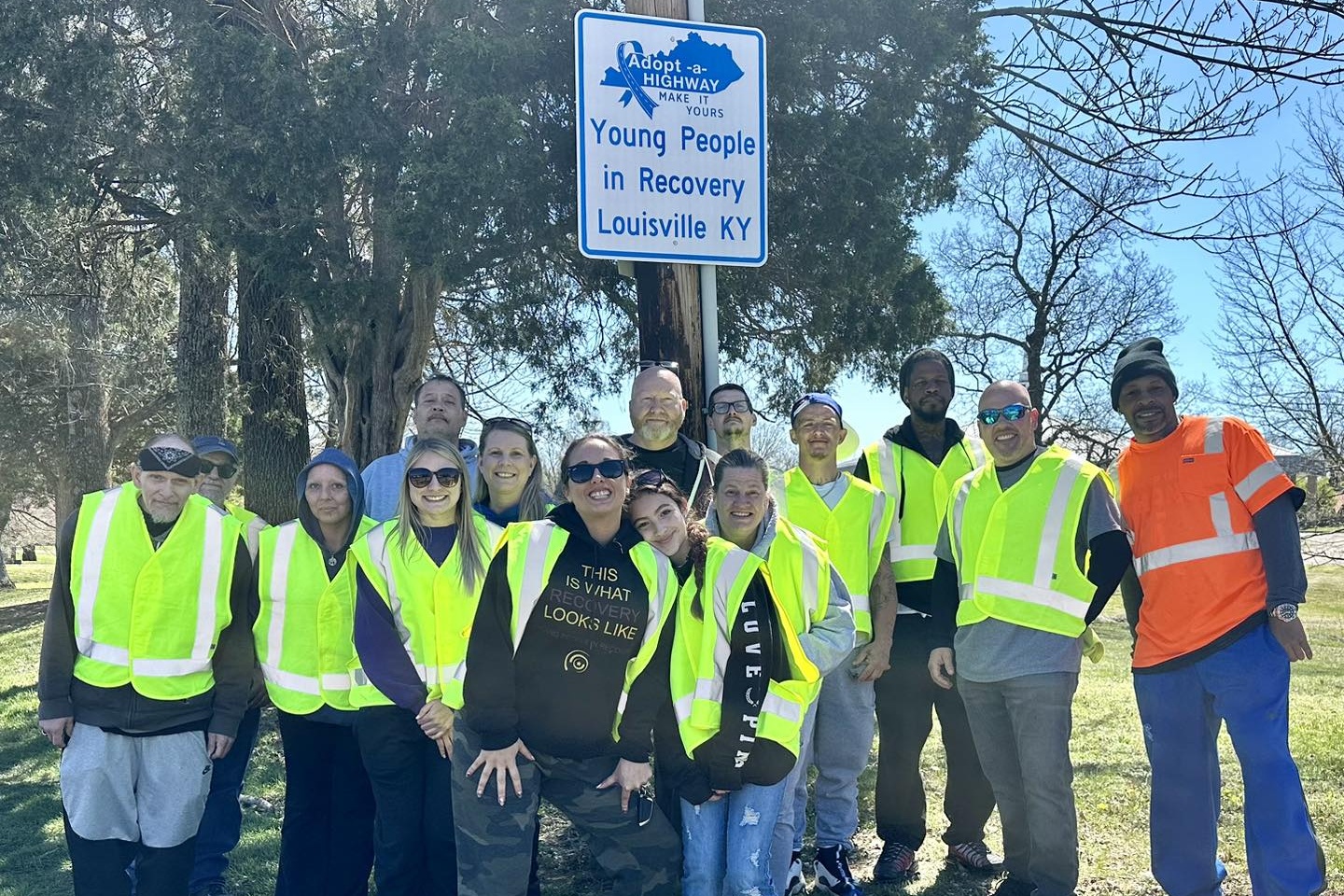Experienced gun hobbyists recognized the sound right away.
"I knew for a fact it was a bump stock as soon as I heard the video," says Jeff LaCroix. He's a recreational shooter in Louisiana. He says the rapid, uneven sound of the gunfire at the Route 91 Harvest music festival in Las Vegas last Oct. 1 made it clear to him a bump stock was involved.
A bump stock is a simple device that attaches to semiautomatic rifles, which normally shoot one round per trigger-pull, to speed up the firing rate by harnessing the gun's recoil to "bump" the trigger faster than the shooter would be able to with his or her finger.
The device allowed the Las Vegas gunman to spray more than a thousand rounds from his perch in the Mandalay Bay Resort and Casino, killing 58 people and injuring hundreds.
As soon as LaCroix realized bump stocks were implicated, he assumed they'd be banned. He even posted a video of himself giving his daughter Haley a chance to fire one "before it's too late."
Almost a year later, he's still expecting the government to come for his bump stock.
"Did I think after the shooting they were going to take them immediately? Yes. I'm surprised they hadn't done something earlier," he says. "Is it going to hurt my feelings if they take it? No. Do I think they should take them? No."
Bump stocks are now illegal in some places. Ten states have passed bans or restrictions on the devices since the Las Vegas shooting. The Florida Legislature included a ban in its package of new gun regulations following the Feb. 14 massacre at Marjory Stoneman Douglas High School, in Parkland, even though a bump stock wasn't used in that crime. In Vermont, state police have offered to take bump stocks for disposal, ahead of a new ban that takes effect Oct. 1.
But in most of the country, bump stocks are still legal and available for sale.
The Bureau of Alcohol, Tobacco, Firearms and Explosives, the ATF, had already looked at the question of whether existing federal law banning machine guns also applies to bump stocks. It decided it didn't. After Las Vegas, there were calls for legislation that would clearly ban the devices, but that idea didn't go far in the Republican-controlled Congress.
After the Parkland mass shooting though, President Trump appeared to weigh in against bump stocks.
The NRA called for "additional regulations." So the ATF once again started the process of reviewing whether bump stocks should fall under the existing machine gun ban.
During that review, the ATF received nearly 36,000 comments from the public, many from people who'd never heard of bump stocks before Las Vegas. One of them was Alia McCants, in New York state. She's troubled by the fact that her toddler-age twins already do active-shooter drills in preschool, and she told the ATF she sees no good reason for anyone to own a bump stock.
"You're not going to shoot a deer 50 times in two minutes," McCants says. She's unmoved by the argument that bump stocks are mostly used for fun — just to experience the thrill of firing something that's close to a machine gun.
"Is your fun worth someone else's life?," she asks. "And if not, let's take some reasonable common-sense measures to protect the lives of our kids and of each other."
In practice, bump stocks are rare. Most recreational shooters consider the devices to be gimmicks — something that burns through a small fortune in ammunition while making the rifle jump around too much to aim properly.
Nevertheless, many people wrote to the ATF to oppose the ban on principle. Michael Hammond, legislative counsel for Gun Owners of America, says he worries about what a bump stock ban could lead to.
"Our question is whether or not this is an effort to go the back door and ban semiautomatics by regulation," Hammond says.
Here's the thinking: A bump stock is very simple, mechanically. Some hobbyists have achieved the same effect with simple homemade devices — even a rubber band. And if that's all it takes, Hammond says defining bump stocks as illegal machine guns could mean that a future administration would interpret that to classify as a machine gun any semiautomatic with the potential of being bump-fired.
He thinks that could be the first step in an end-run around the political decision in Congress not to ban semiautomatics.
"If every time we don't like what the federal law does, but can't change it — we just throw the federal law in the trash can — you're going in a very dangerous direction," Hammond says.
That argument gets no sympathy from gun control groups.
"I think the gun lobby and gun extremists have to default to the slippery slope argument and just essentially scare people. Scare, you know, well-meaning, law-abiding gun owners into thinking there's going to be some dire consequence," says William Rosen, director of state policy and government affairs at Everytown for Gun Safety.
Rosen agrees with many gun rights advocates on one point: Bump stocks, per se, are a relatively unimportant factor in gun violence. Las Vegas aside, they're rarely, if ever, used in crimes.
"Prohibiting bump stocks is a very small part of the overall strategy to reduce gun violence in this country," Rosen says. But he sees the potential federal ban — which has the apparent support of President Trump — as a sign of a larger shift toward tighter gun laws. "I think it just indicated again where we are, politically," he says.
9(MDEyMDcxNjYwMDEzNzc2MTQzNDNiY2I3ZA004))








